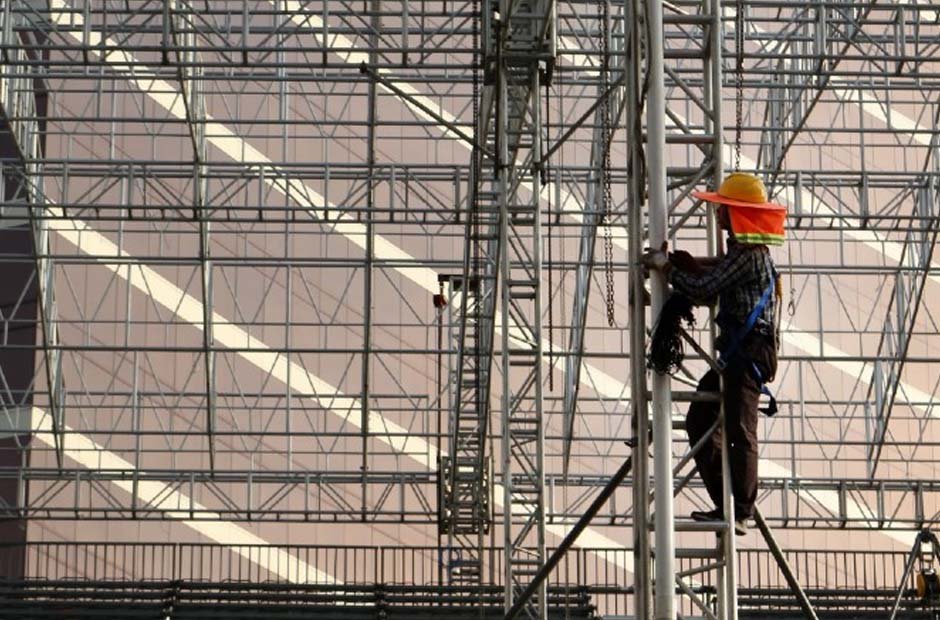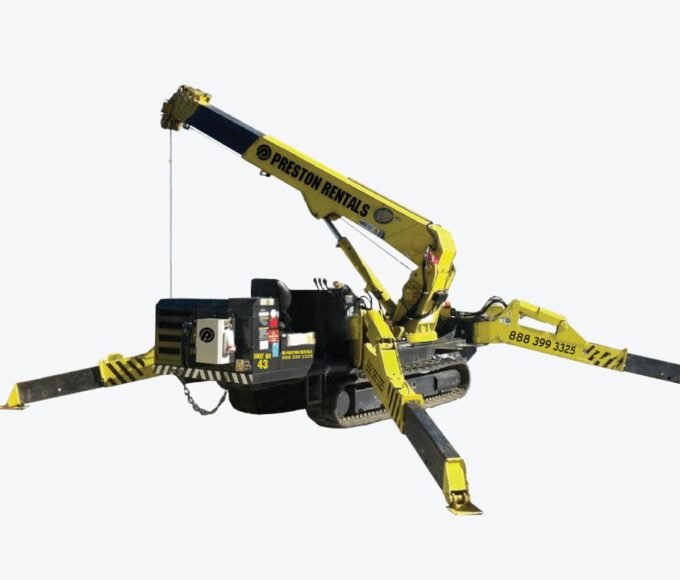When it comes to construction projects, time is often of the essence. Delays can be costly, and managing a tight timeline is crucial for staying within budget and meeting project deadlines. One aspect of construction that requires careful management is scaffolding hire. Scaffolding plays a vital role in ensuring the safety of workers and providing access to various parts of a building or structure.
However, renting and managing scaffolding on a tight timeline can be challenging. That’s why there are solutions like All Trade Scaffolding that can provide what you need. In this blog post, we will provide valuable tips to help you successfully manage scaffolding hire when time is of the essence.
Plan Ahead
The first and most important tip for managing scaffolding hire on a tight timeline is to plan. Start by creating a detailed schedule that outlines when you will need scaffolding and for how long.
Consider the specific requirements of your project, such as the type and size of scaffolding needed and any unique features or challenges of the site. By planning, you can ensure that the scaffolding is available when needed and avoid last-minute rush orders, which can be costly and lead to delays.
Choose the Right Scaffolding Supplier
Selecting the right scaffolding supplier is critical to meeting your tight timeline. Look for a reputable supplier with a track record of delivering high-quality scaffolding on time. Check customer reviews and ask for references to ensure the supplier can be relied upon.
It’s also important to communicate your timeline and requirements clearly with the supplier so that they can provide you with the right equipment and services to meet your needs.
Optimize Scaffolding Design
Efficient scaffolding design can help you save time and resources. Work closely with your scaffolding supplier to design a system that maximizes access and safety while minimizing the components needed.
Consider modular or system scaffolding, which can be quicker to assemble and disassemble than traditional tube and clamp scaffolding. A well-designed scaffolding system can significantly reduce the time required for installation and dismantling.
Coordinate with Other Trades
Construction projects often involve multiple trades working simultaneously. To manage scaffolding hire on a tight timeline, coordinate with other businesses to ensure scaffolding is a smooth process.
Communicate your scheduling needs to other contractors and work together to minimize downtime and maximize productivity. This collaborative approach can help you stay on track and avoid delays.
Train Your Crew
Having a well-trained crew is essential for efficient scaffolding installation and use. Invest in proper training for your workers to ensure they are familiar with the equipment and safety procedures.
A trained crew can work more efficiently and safely, reducing the risk of accidents and delays. Additionally, consider having a designated scaffolding supervisor on-site to oversee the installation and ensure it meets safety standards.
Inspect and Maintain Regularly
Regular inspections and maintenance of your scaffolding are crucial to preventing accidents and ensuring it remains in good condition throughout the project. Schedule routine inspections to identify any issues or wear and tear that may require repairs or replacements. Address any problems promptly to avoid downtime and keep your project on schedule.
Have a Contingency Plan
Despite careful planning and coordination, unexpected issues can still arise during construction projects. It’s essential to have a contingency plan in place to address any delays or emergencies related to scaffolding. This plan should include procedures for quickly obtaining additional scaffolding and a strategy for adjusting the project timeline if necessary.
Conclusion
Managing scaffolding hires on a tight timeline is a challenging but achievable task with proper planning, coordination, and communication. By following the tips outlined in this blog post, you can minimize delays, ensure the safety of your workers, and keep your construction project on schedule and within budget. Remember to plan, choose the right supplier, optimize scaffolding design, coordinate with other trades, train your crew, inspect and maintain regularly, and have a contingency plan. With these strategies, you’ll be better equipped to handle tight timelines and complete your construction project.
















